Hammer mills and roller mills are both common types of milling equipment used in various industries, including agriculture, food processing, and manufacturing. These machines serve different purposes and have distinct features and advantages. Understanding the differences between hammer mills and roller mills is essential for selecting the most suitable equipment for a specific application. In this detailed comparison, we'll explore the key distinctions between these two types of mills.
PINGLE supply both Hammer Mills and Roller Mills, get a quote now!
Hammer mills operate on the principle of impact grinding. They consist of a rotating drum or cylinder with hammers or beaters attached to it. When grains or materials are fed into the mill, they come into contact with the rotating hammers. The impact and shear forces generated by the hammers break the particles into smaller sizes.
Hammer mills are versatile and offer excellent control over particle size. By adjusting factors like the screen size, hammer design, and rotor speed, operators can achieve the desired particle size distribution. This flexibility makes hammer mills suitable for various applications, from coarse grinding to fine milling.
Hammer mills are widely used in the food, feed, and biomass industries for various grinding tasks. They are commonly used for:
- Grinding grains like corn, wheat, and barley into fine or coarse flour for livestock feed.
- Reducing various food ingredients into smaller particles, such as spices, herbs, and dried fruits.
- Shredding biomass materials for pellet production.
Hammer mills offer several advantages:
- Versatility in particle size control.
- Efficient grinding with high throughput.
- Suitable for a wide range of materials and applications.
- Relatively simple design and easy maintenance.
However, hammer mills also have some limitations:
- Dust generation during operation.
- High energy consumption.
- Limited suitability for materials with high moisture content.
Roller mills operate on the principle of compression grinding. They consist of two or more cylindrical rollers that rotate in opposite directions. The grain or material is fed between the rollers and is subjected to high pressure and shear forces. As the material passes through the gap between the rollers, it is crushed and reduced in size.
Roller mills offer excellent control over particle size and are well-suited for applications that require precise particle size distribution. The gap between the rollers can be adjusted to control the grind, making roller mills ideal for producing consistent and uniform flour.
Roller mills are commonly used in the food processing and agriculture industries for applications such as:
- Producing high-quality flour for baking and other food products.
- Reducing grains like wheat and corn into fine flour with minimal dust and waste.
- Crushing or milling oilseeds like soybeans to extract oil for food or industrial use.
Roller mills offer several advantages:
- Consistent and uniform particle size distribution.
- Lower dust generation compared to hammer mills.
- Energy-efficient operation.
- Well-suited for producing high-quality flour.
Despite their advantages, roller mills have some limitations:
- Limited suitability for coarse grinding or reducing fibrous materials.
- Higher initial equipment cost compared to hammer mills.
- Potential for roller wear over time.
1. Grinding Principle: The primary difference between hammer mills and roller mills is their grinding principle. Hammer mills rely on impact and shear forces, while roller mills use compression and shearing forces.
2. Particle Size Control: Hammer mills provide greater flexibility in controlling particle size, making them suitable for a wider range of applications. Roller mills offer precise particle size control and are ideal for producing consistent and uniform flour.
3. Dust Generation: Hammer mills tend to generate more dust during operation compared to roller mills, which are known for their lower dust generation.
4. Energy Efficiency: Roller mills are generally more energy-efficient than hammer mills, making them a preferred choice for applications where energy consumption is a concern.
5. Initial Cost: Roller mills typically have a higher initial equipment cost compared to hammer mills, which may influence the choice of mill based on the available budget.
6. Application Focus: While both mills can be used for grain grinding, hammer mills are more versatile and can handle a broader range of materials, while roller mills excel in producing high-quality flour for food applications.
In summary, the choice between hammer mills and roller mills depends on specific application requirements, including desired particle size, material characteristics, energy efficiency, and budget constraints. Understanding the differences and advantages of each type of mill is crucial for making informed decisions in the selection of milling equipment for various industries and processes.
If you want to know more information about hammer mills and roller mills, please click on the image below to get a free quote:
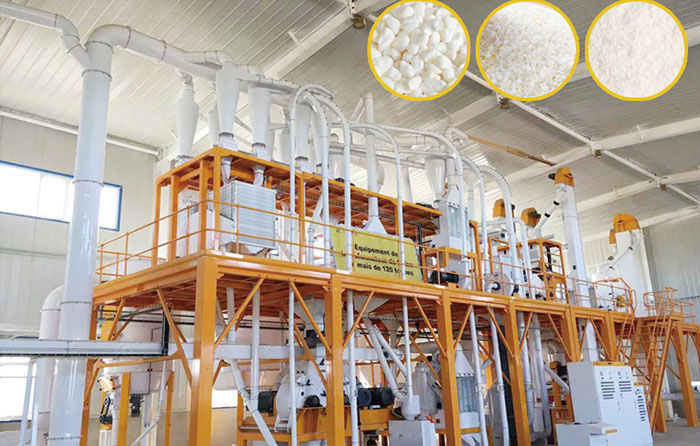 Maize Flour Milling Machine with Hammer Crusher
Maize Flour Milling Machine with Hammer Crusher
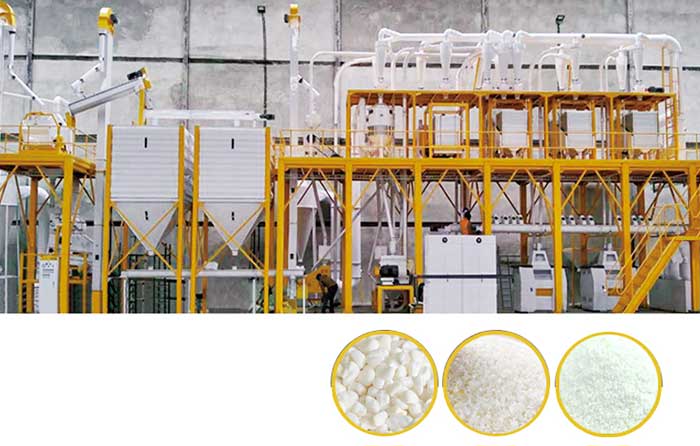 Complete Set of Maize Flour Milling Plant(Machine)
Complete Set of Maize Flour Milling Plant(Machine)
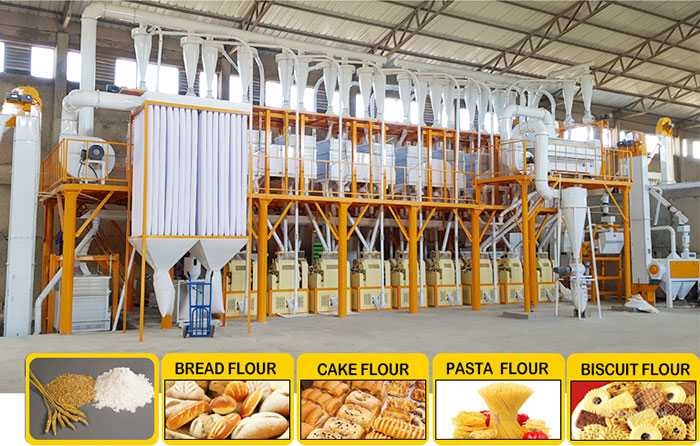 Compact Structure Wheat Flour Milling Plant
Compact Structure Wheat Flour Milling Plant
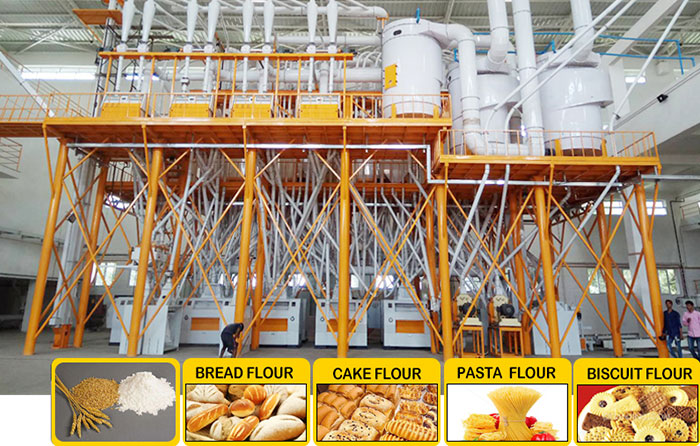 Steel Structure Wheat Flour Milling Plant
Steel Structure Wheat Flour Milling Plant
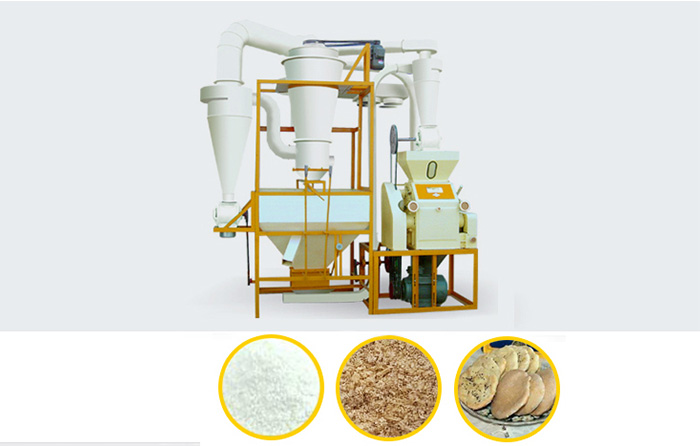 Family Workshop Wheat Flour Milling Plant
Family Workshop Wheat Flour Milling Plant
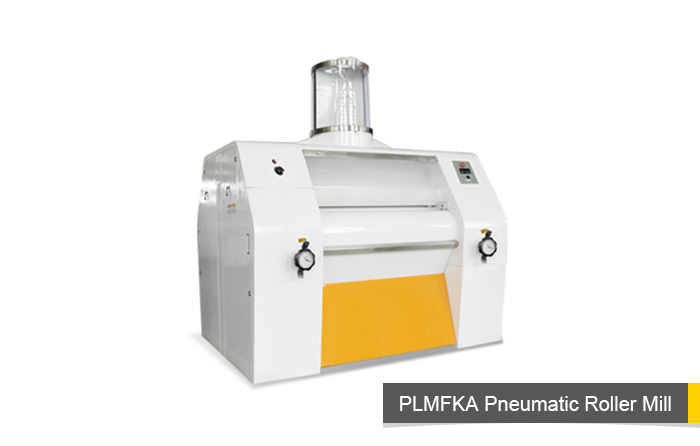 PLMFKA Pneumatic Double Roller Mill
PLMFKA Pneumatic Double Roller Mill
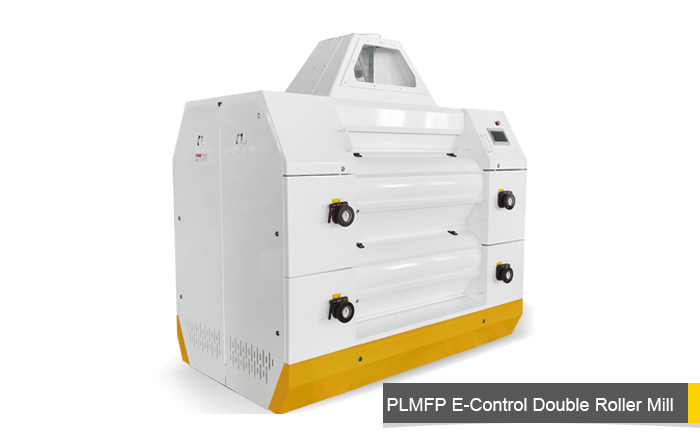 PLMFP E-Control Double Roller Mill
PLMFP E-Control Double Roller Mill
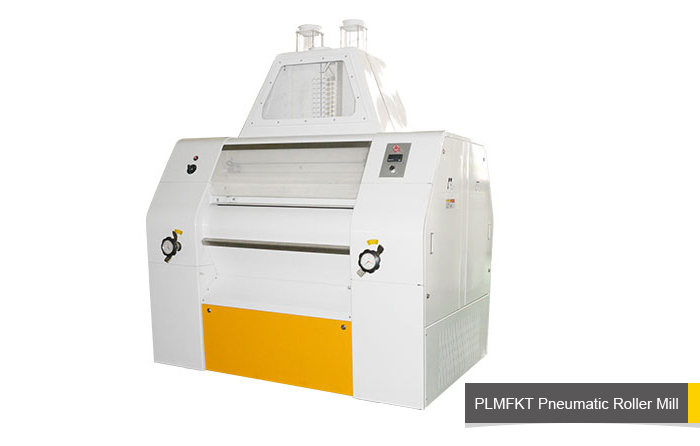 PLMFKT Pneumatic Roller Mill
PLMFKT Pneumatic Roller Mill
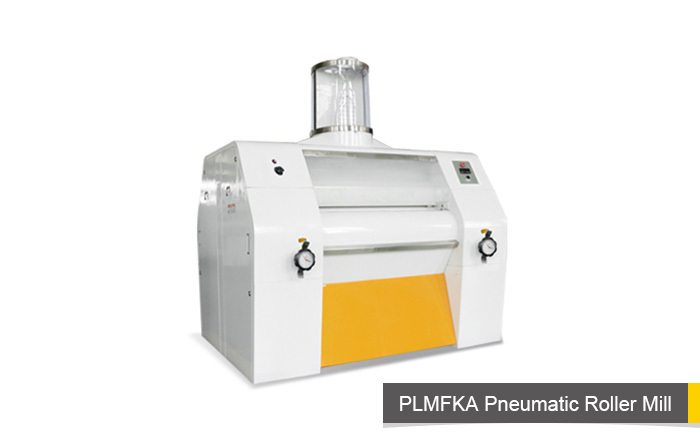 PLMFKA Pneumatic Roller Mill
PLMFKA Pneumatic Roller Mill
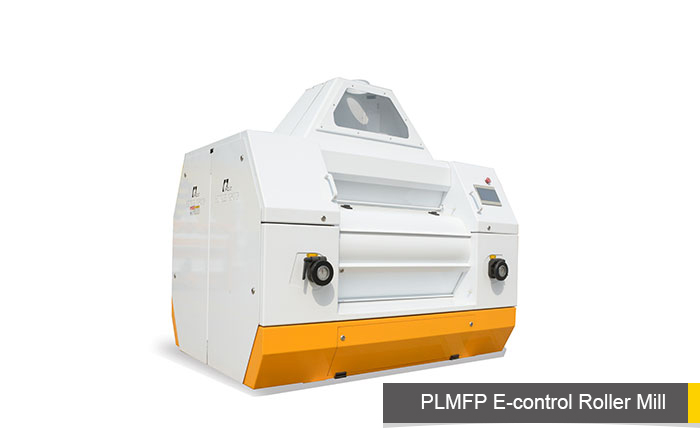 PLMFP E-Control Roller Mill
PLMFP E-Control Roller Mill
Copyright © Hebei Pingle Grain Technology Intelligent Equipment Co.ltd. All Rights Reserved | Sitemap | Technical Support: 